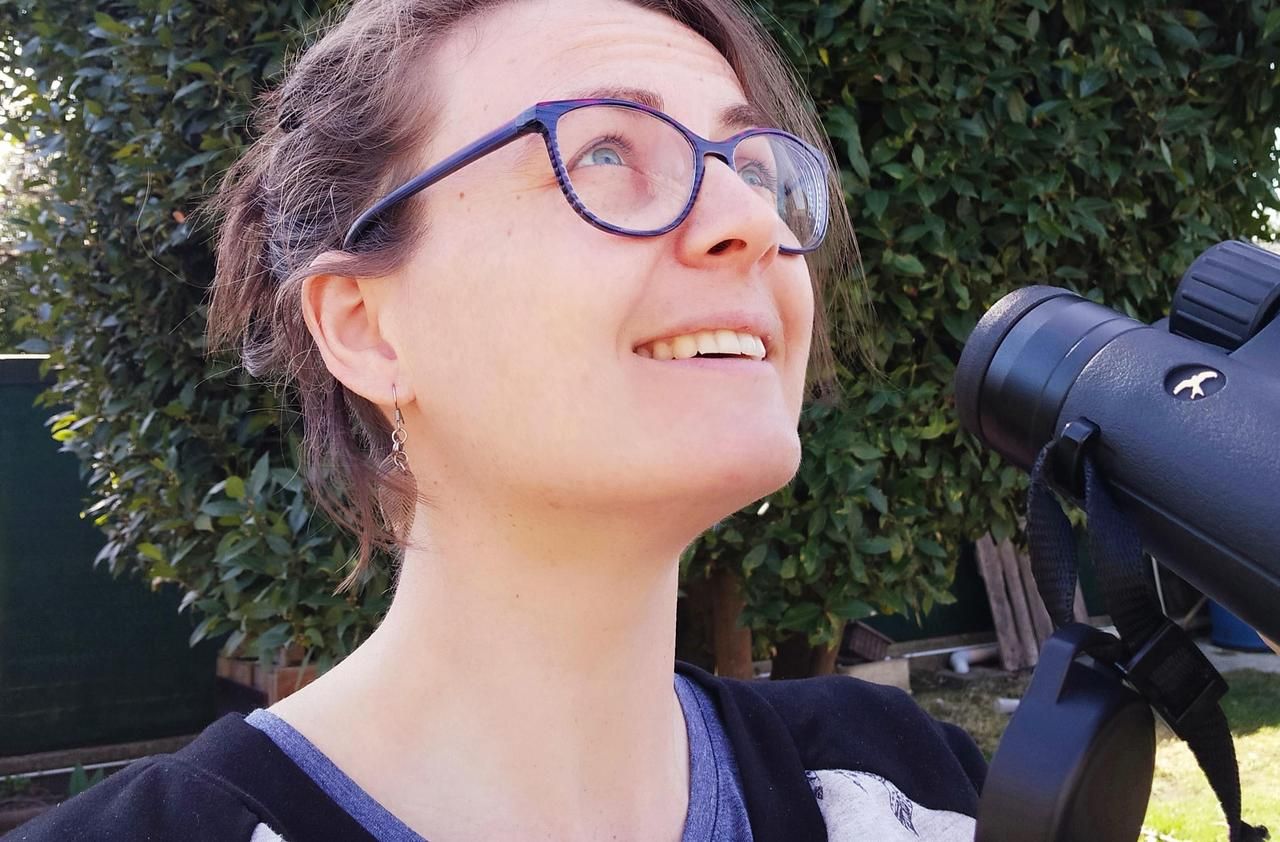Lucile Bourgeais, educational manager at the Ligue pour la protection des oiseaux (LPO) Ile-de-France and Emmanuel du Chérimont, regional delegate of the LPO, underline the unprecedented nature of the study carried out since last year by the agency regional biodiversity of Ile-de-France (ARB) and in which their association participates, in 45 cemeteries in the region.
What is, for you, the interest of this study?
Lucile Bourgeais. “It’s the protection of biodiversity. But to protect something, you have to know it. This is the aim of this long-term study, which extends to birds. For years, the LPO has been carrying out actions to identify animal species in the region’s green spaces. We also have monthly nature trips to cemeteries. But this is the first time that a program concerns both flora and fauna, mammals as well as birds or bats on such a scale. “
“We already have a good knowledge of the state of certain cemeteries, in particular the Parisian cemeteries”, estimates Emmanuel du Chérimont. DR.
Do you know what to expect?
Emmanuel du Chérimont. “Be careful, we are not starting from scratch. We already have a good knowledge of the state of certain cemeteries, in particular Parisian cemeteries, whether they are located within the city walls or in the suburbs, such as Ivry-sur-Seine, Thiais (Val-de-Marne), Bagneux (Hauts -de-Seine) or Pantin (Seine-Saint-Denis) for example. The coming counts should confirm some very encouraging data. “
Which ones?
E.d.C. “We have already had surprises. In Bagneux, around thirty nesting birds have been spotted and the presence or passage of a lot of raptors: the most common, the kestrel but also the squirrel falcon or the hawk, which needs large areas to hunt. In Ivry, we have tawny owls; in Thiais, foxes… Likewise, more than 1,000 orchids, divided into eight species, have been identified in that of Bagneux. In three or four years, we will know whether animal populations are increasing, stable or declining. We will not be able to quantify it precisely but we will have an idea of the state of life in cemeteries. “
Newsletter The essential of 92
A tour of the Hauts-de-Seine and the IDF news
—
Concretely what will be the next step?
E.d.C. “The development of cemeteries to promote biodiversity. There is a tremendous amount of work to be done with the public. His gaze must change. A somewhat wild cemetery is not necessarily abandoned, for example. Likewise, the presence of bats is a sign of good health. Moreover, we must put an end to the urban legend, which wants them to get caught in the hair: their detection system is so sensitive that it is impossible. “
L.B. ” Everything is connected. The presence of flowers, insects, birds, mammals… Cemeteries are true conservatories of species. Like the managers of cemeteries, we have an enormous educational work to do, but it is quite possible. When we explain to people the value of having a few wastelands, a somewhat wild aspect in a cemetery, it goes. It is necessary to reconcile the uses, to find a happy medium. In a cemetery, we touch on mourning, on what is most sensitive, most intimate. “
What could disrupt the upcoming survey campaign?
L.B. “The health situation, without a doubt. To conduct the study, we need volunteers. However, these operations are carried out at very specific times, in April and at the end of June. New, very strict containment would be a problem. Fewer observations mean less data and therefore the risk of falsifying the results. “
–


